2020 Livestock Project Market Analysis Report
Date: 11/26/2020 08:31:10 From: feed-pellet-plant.com Clicks:
The administrative management system of feed production, poultry breeding and pig breeding in China is diversified. Industry access policies, technical quality standards, and sanitation standards are mainly responsible for the Ministry of Agriculture, the General Administration of Quality Supervision, Inspection and Quarantine, and the National Health and Family Planning Commission. Local agriculture and animal husbandry departments, quality supervision, inspection and quarantine departments, and health departments are responsible for the supervision and management of industry enterprises within their administrative regions. The domestic circulation and international trade of poultry, live pigs and related meat products are managed by the commercial department.
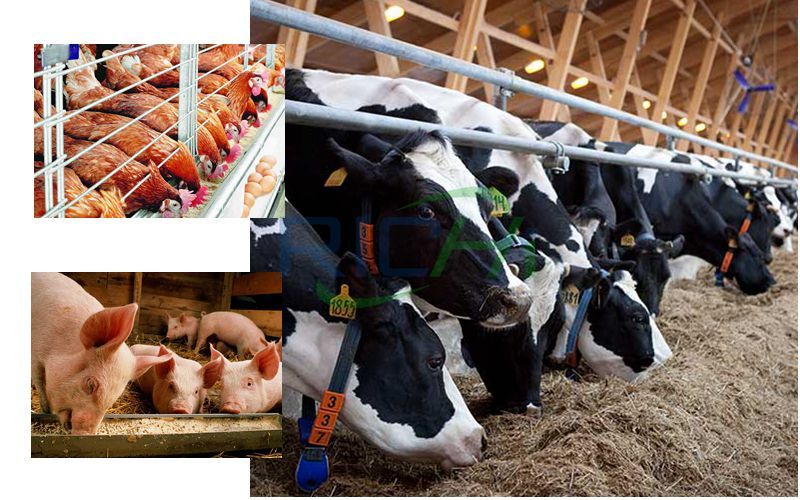
Livestock
1. Policy Analysis
After years of legislative construction, China has established laws based on the "Animal Husbandry Law of the People's Republic of China", "Animal Epidemic Prevention Law of the People's Republic of China", "Food Safety Law of the People's Republic of China", "Agricultural Products Quality Safety Law of the People's Republic of China" and other laws. Multi-level animal husbandry and meat processing industry laws and regulations system, other normative documents specifically include the "Inspection Measures for Feed Production Enterprises", "Regulations on Management of Breeding Livestock and Poultry", "Regulations on Pollution Prevention and Control of Large-scale Livestock and Poultry Breeding", "Examination of Animal Epidemic Prevention Conditions" Measures, “Regulations on the Administration of Feed and Feed Additives”, “Law of the People’s Republic of China on Entry and Exit Animal and Plant Quarantine”, “Regulations on the Administration of Veterinary Drugs of the People’s Republic of China”, “Administrative Measures on Pollution-Free Agricultural Products”, “Law of the People’s Republic of China on Contracting Rural Land” , "Administrative Measures for the Circulation of Rural Land Contract Management Rights" and other laws and regulations.
2. Market Analysis
Chicken and pork are the main meat foods that Chinese residents love, and they occupy a pivotal position in my country's traditional food culture. Broiler breeding and pig breeding are also the main sideline businesses of rural families in my country.
(1) Chicken Production and Consumption
①World chicken production and consumption
In recent years, despite the adverse effects of the bird flu epidemic, the international financial crisis and other factors, the world's chicken production and consumption are still showing a steady increase year by year. According to statistics from the United States Department of Agriculture, global chicken production reached 81.35 million tons in 2011 and increased to 90.18 million tons in 2017, with an average annual compound growth rate of 1.48%, making it the second largest consumer of meat after pork. The world's major chicken production areas are the United States, Brazil, China, the European Union, India, and Russia. In 2017, the output of the above major production areas were 18.60 million tons, 13.25 million tons, 11.60 million tons, 11.7 million tons, 4.4 million tons, and 387. Million tons. Among them, the United States is the world's largest producer of chicken meat, accounting for 20.62% of chicken meat production in 2017; my country is the third largest producer of chicken meat, with chicken production accounting for 12.86% in 2017.
②Domestic chicken production and consumption
According to statistics from the United States Department of Agriculture, since 2013, due to the slowdown in macroeconomic growth and the impact of external factors such as avian influenza, my country's annual chicken production and consumption have declined slightly; 2015 has increased compared with 2014, with a production growth rate of 3.08% , The consumption growth rate was 3.41%; 2016 was slightly lower than 2015, the output growth rate was -5.22%, and the consumption growth rate was -4.16%; in 2017, affected by the avian flu epidemic, the production growth rate was -5.69% , The growth rate of consumption is -5.62%.
(2) Pork Production and Consumption
①World pork production and consumption
Global pork production reached 107 million tons in 2012 and increased to 111 million tons in 2017. The compound annual growth rate of pork production was 0.64%. The world's major pork production areas are China, the European Union, the United States, Brazil, Russia, and Vietnam. In 2017, the output of these major production areas were 53.5 million tons, 23.4 million tons, 11.72 million tons, 3.73 million tons, 2.96 million tons and 2.75 million tons. Million tons. As the largest pork producer in China, pork production accounted for 48.18% in 2017
②Domestic pork production and consumption
According to data from the National Bureau of Statistics, my country's commercial pig slaughter has maintained a steady growth since 2005, from 603.67 million in 2005 to 708.25 million in 2015, with a compound annual growth rate of 1.61%. From 2012 to 2014, domestic pork production and consumption continued to grow. The annual growth rate of production was 3.03%, and the annual growth rate of consumption was 3.08%. In 2015, compared with 2014, the production growth rate was -3.25%. The growth rate was -2.63%; 2016 was lower than 2015, the output growth rate was -5.50%, and the consumption growth rate was -2.87%; 2017 was higher than 2016 output, and the growth rate was 0.96%. The volume is basically flat, with a growth rate of -0.08%.
3. Analysis of Competitive Companies
(1) the Competitive Landscape of the Yellow Feather Chicken Industry
my country's yellow feather chicken breeding industry has a low degree of concentration, and the number of large-scale yellow feather chicken breeding enterprises is relatively small, with a relatively low market share, and most of them are regional companies. Companies with rich varieties and cross-regional expansion capabilities mainly include Wen's shares and the company. At the same time, because the yellow feather chicken breeding industry is relatively fragmented and the domestic consumer market has a huge capacity, direct competition has not yet formed between dominant companies.
Wen's Co., Ltd. is a large-scale livestock and poultry breeding enterprise with more than 30 years of entrepreneurial history. It mainly breeds live pigs and yellow feather chickens, supplements dairy cattle and meat duck breeding, and uses food processing and agricultural equipment manufacturing as supporting industrial chains. , Is one of the first batch of 151 national key leading enterprises in agricultural industrialization. Wen's stock is currently the country's largest yellow feather chicken breeding company, yellow feather broiler industrialized supply base and national broiler HACCP production demonstration base, and it is also the country's largest pig breeding and pig breeding company.
(2) the Competitive Landscape of the Pig Industry
Similar to the yellow chicken breeding industry, the market concentration of the pig breeding industry in my country is also low. Although some large-scale and integrated pig breeding enterprises have their own regional advantages, there are no other large-scale enterprises with national production and sales networks except Wen's shares.
The main companies in the pig breeding industry in my country include Wen's Co., Ltd., Henan Muyuan, Chuying Agriculture and Animal Husbandry, Zhengbang Technology, etc., which are mainly distributed in Guangdong, Henan, Jiangxi and other regions. At present, there is no authoritative third-party statistics on the specific scale of large-scale enterprises in the pig breeding industry. It is recognized in the industry that Wen's shares are the industry's first in terms of commercial pig breeding scale and slaughter volume.
4. Risk Analysis
(1) Animal Diseases and Natural Disaster Risks
Animal disease is one of the main risks faced by animal husbandry enterprises in their production and operation. The main diseases faced by the company’s yellow feather chicken breeding business are highly pathogenic avian influenza, Newcastle disease, chicken salmonellosis and infectious laryngotracheitis, etc. The main diseases faced by the pig breeding business are blue ear disease, swine fever, and infectious diseases. Gastroenteritis, etc.
The negative impact of animal disease on the company’s production and operation mainly includes three parties: (The negative impact of animal disease on the company’s production and operation mainly includes the three parties: (1) The disease will lead to a decrease in the efficiency of chicken and pig breeding. Death, the relevant epidemic prevention departments and companies may culling some potentially diseased chickens and live pigs in order to control the situation, which directly leads to a decline in the slaughter rate; (It is possible that some potentially diseased chickens and live pigs may be culled, which directly leads to Decline in the slaughter rate; (it is possible that some potentially diseased chickens and live pigs will be culled, which will directly lead to a drop in the slaughter rate;) (2) The outbreak of the epidemic) After the epidemic occurs, the company needs to increase investment in medicines and labor, resulting in production costs Increase; (After birth, the company needs to increase investment in medicines, labor, etc., which leads to an increase in production costs; (3) The occurrence and prevalence of epidemics will affect the psychology of consumers, resulting in product transportation, transaction and sales. Market demand is suppressed.
(2) Product Price Fluctuation Risk
The supply-demand relationship of yellow feather chickens and live pigs, and the supply-demand relationship of live pigs determines the changes in prices. At the same time, its rise and fall also affect the changes in fixed prices, and at the same time, its rise and fall also affect the enthusiasm of yellow feather chickens, pig farmers or enterprises , Which in turn affects the supply-demand relationship, which makes the price of goods increase, the enthusiasm of pig farmers or enterprises, and the enthusiasm of the supply-demand relationship, and the enthusiasm of pig farmers or enterprises. Enthusiasm, which in turn affects the relationship between supply and demand, makes commodity prices change and therefore changes. Therefore, the prices of yellow feather chickens and live pigs exhibit cyclical fluctuations. And because of the cyclical fluctuations in the price of live pigs in my country. And because of the cyclical fluctuations in the price of live pigs in my country. In addition, due to the relatively low level of concentration in my country’s yellow feather chicken and live pig markets, a large number of free-range farmers and small-scale farming enterprises have "enter at high prices and exit at low prices", which is likely to cause large fluctuations in market supply levels. The operating phenomenon of price is likely to cause large fluctuations in the market supply level and therefore the operating phenomenon of product prices, and it is easy to cause large fluctuations in the market supply level and therefore the product price is relatively large. Among them, larger. Among them, the price change process of yellow feather chicken is as follows: supply exceeds demand-yellow feather chicken price rises-yellow feather chicken breeding scale expands-oversupply-yellow feather chicken price drops-yellow feather chicken breeding scale shrinks-demand exceeds demand. The process of pig price changes is as follows: increase in breeding profit-increase in breeding pig inventory-increase in pig supply-decrease in pig price-decrease in pig breeding profit-decrease in breeding pig inventory-decrease in pig supply-increase in pig price-profit in pig breeding increase.
The above is the article for you: 2020 Livestock Project Market Analysis Report. If you are interested in our products or project solutions, please contact us. We will give you the best product quality and the best price. Email: enquiry@pellet-richi.com
Related Product
Production Line Equipment
related News
- >Raw and Cooked Feed for Livestock and Poultry
- >2020 China Feed Industry New Feed Pellet Production Line Project
- >2020 Market Analysis Report on Poultry Breeding Projects
- >How is the Polish Feed Industry Under Covid-19 in 2020
- >1-2 T/h Small Feed Pellet Line Price For Poultry & Livestock
- >Ruminant Feed Ban Requirements for Livestock Owners
Here you can submit any questions and we will get back to you as soon as possible. We will not disclose the information you submit to anyone, please rest assured.
Copyright© 2022 Richi Machinery. All rights reserved. Site Map


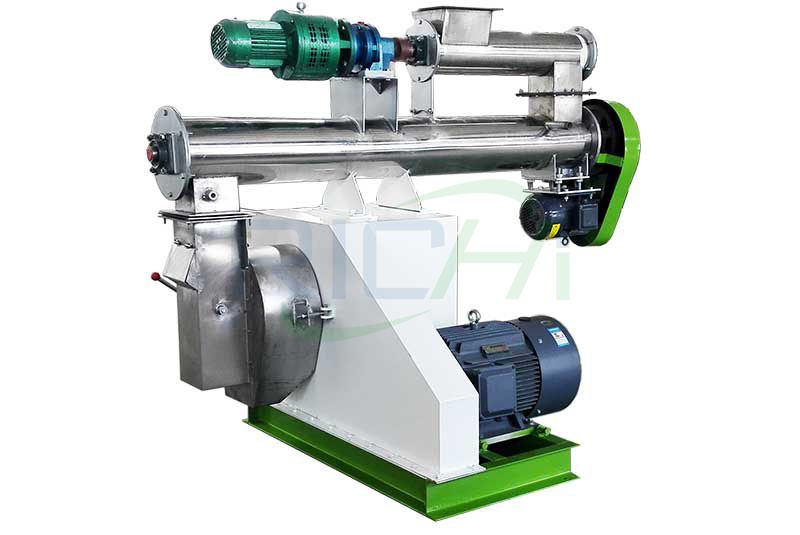
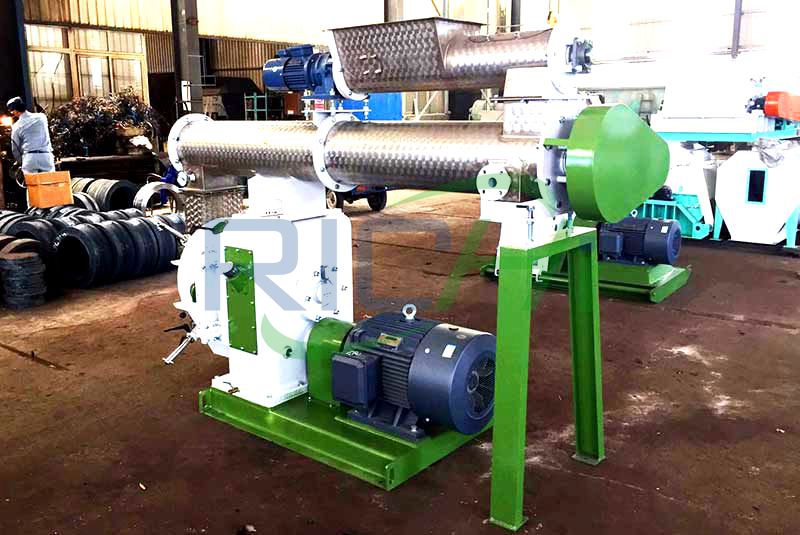
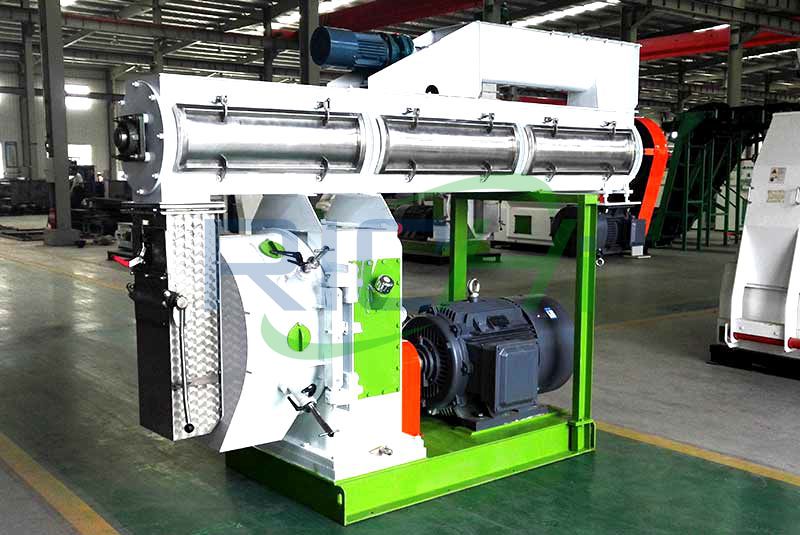
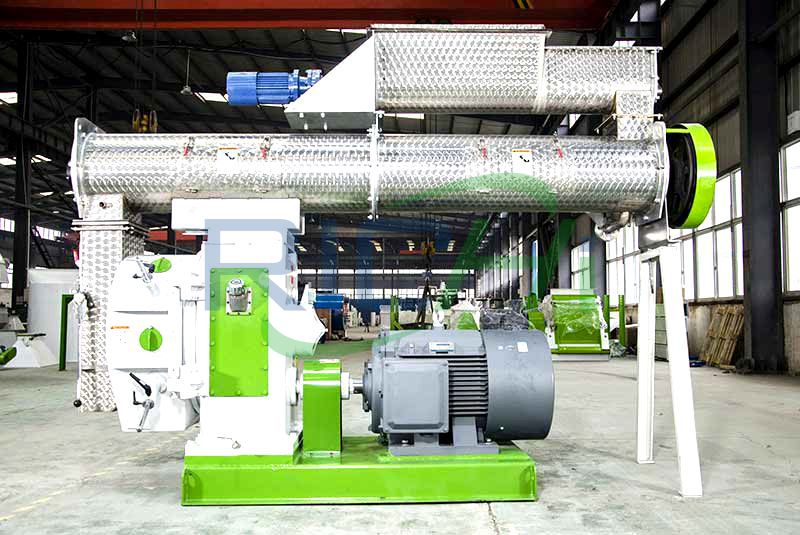
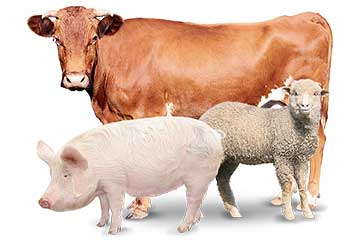
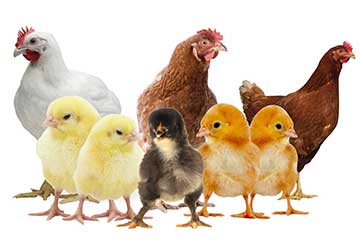
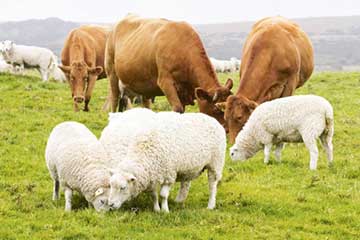
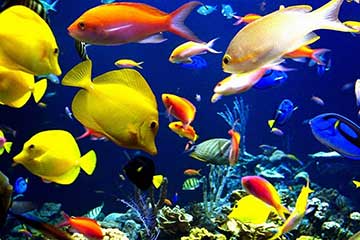
 Product Center
Product Center Get Latest Price
Get Latest Price